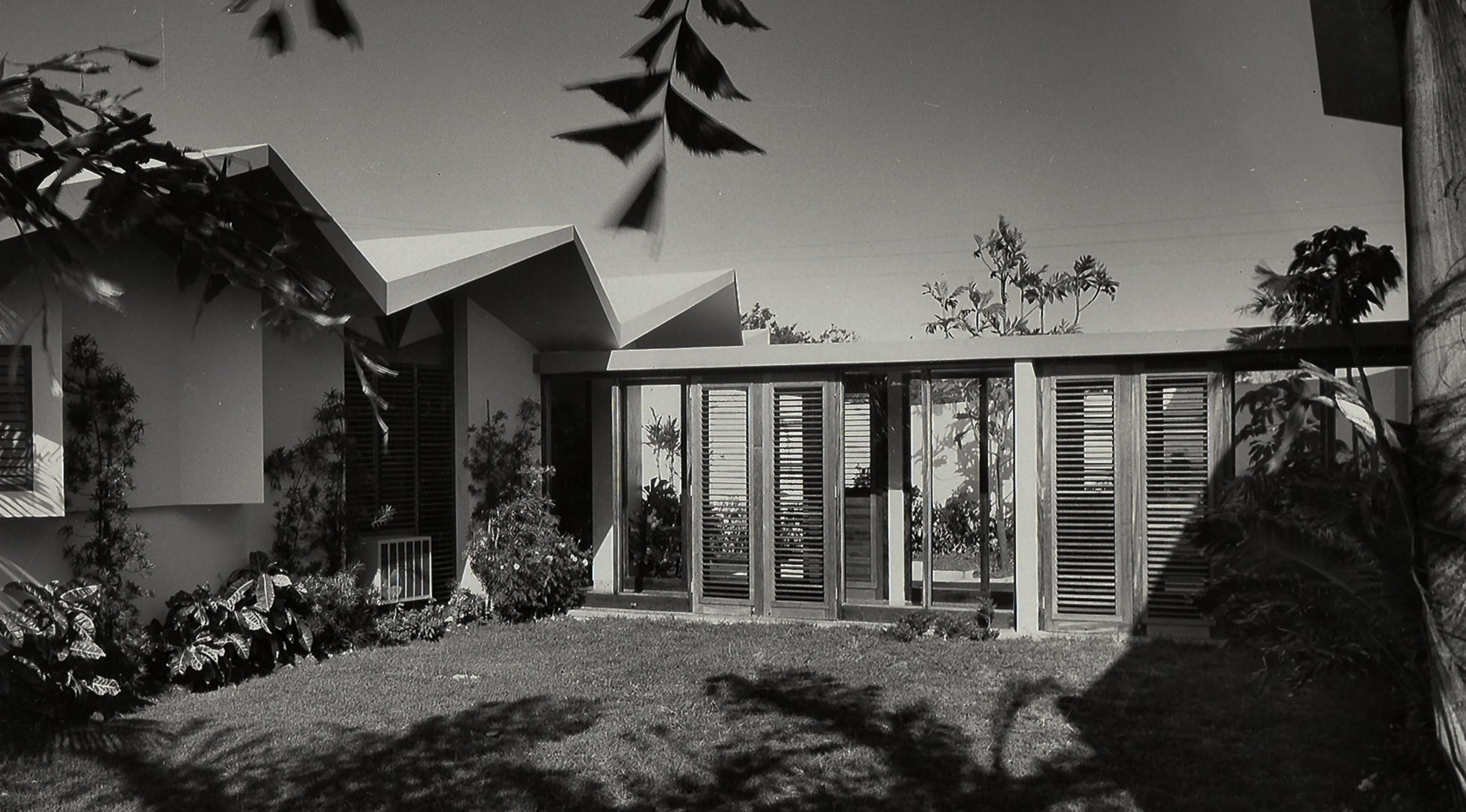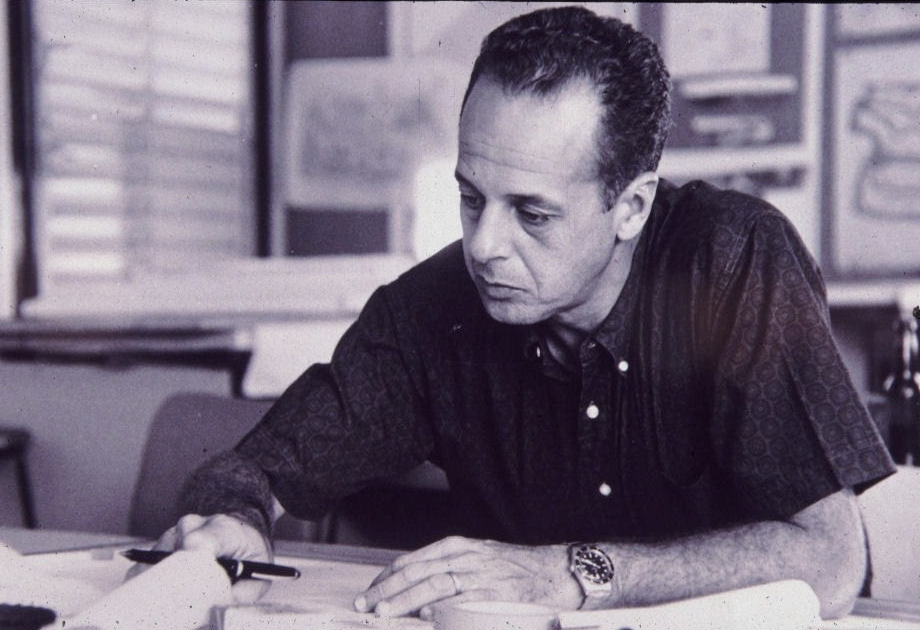Nicolás Quintana was a dynamic figure in the history of Cuban architecture who played an important role in establishing the Modern Movement in Cuba.
Born in Havana in 1925, Quintana studied at the University of Havana in the late 1940s with Ricardo Porro and Frank Martinez, part a generation that would influence the future of Cuban architecture. During this period, Quintana met Walter Gropius, Jose Luis Sert and other Modernists who visited Cuba. He also came to know during this period the influential thinker Fernando Ortiz, who became his mentor and friend.
Quintana’s search to develop an architecture that was at once universal and distinct to Cuba is reflected in his early practice. He represented Cuba at the International Congress of Modern Architecture in Aix-en-Provence (1953) and in Dubrovnik (1956) where he also participated in Team X. His interest in urban design led to his master plans for Varadero and Trinidad. Forced into exile after the Revolution, he continued his practice in Venezuela and in Puerto Rico in the following decades. He settled in Miami in the 1980s and devoted his life to teaching architecture at Florida International University.
In 2006, he co-launched Havana and its Landscapes, an interdisciplinary study of Havana with landscape architect Juan Antonio Bueno. With students and professionals, they explored Havana’s present conditions, its legacy and potential. Committed to the idea that cities are living forms that are made and remade to serve the people who live in them, the study provided a context for conversation about the future of cities in Cuba.
His story and that of his generation, whose architectural legacy is threatened with destruction and oblivion, is nevertheless an optimistic one that the film seeks to convey. It is about understanding oneself, as individual and as society, to move forward.

